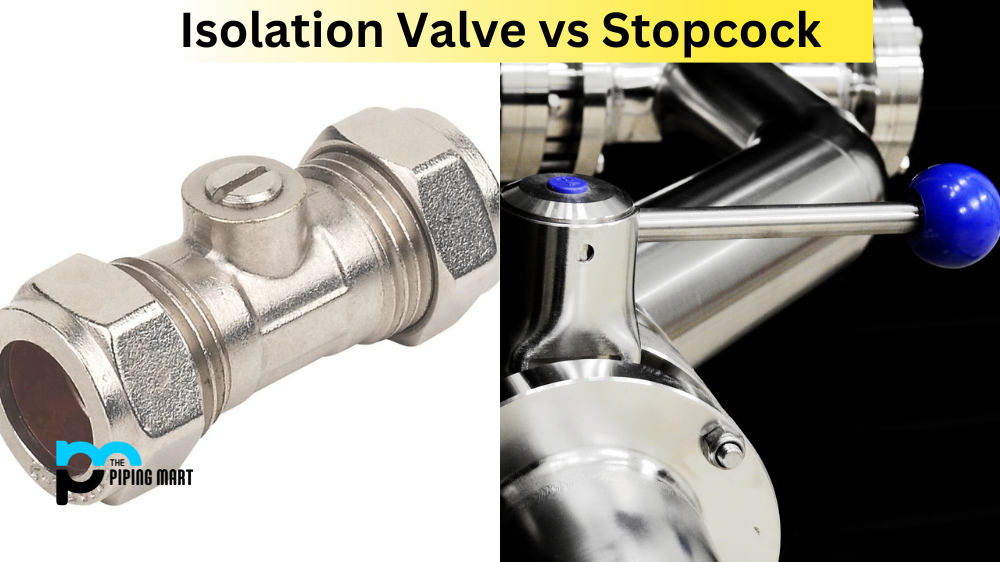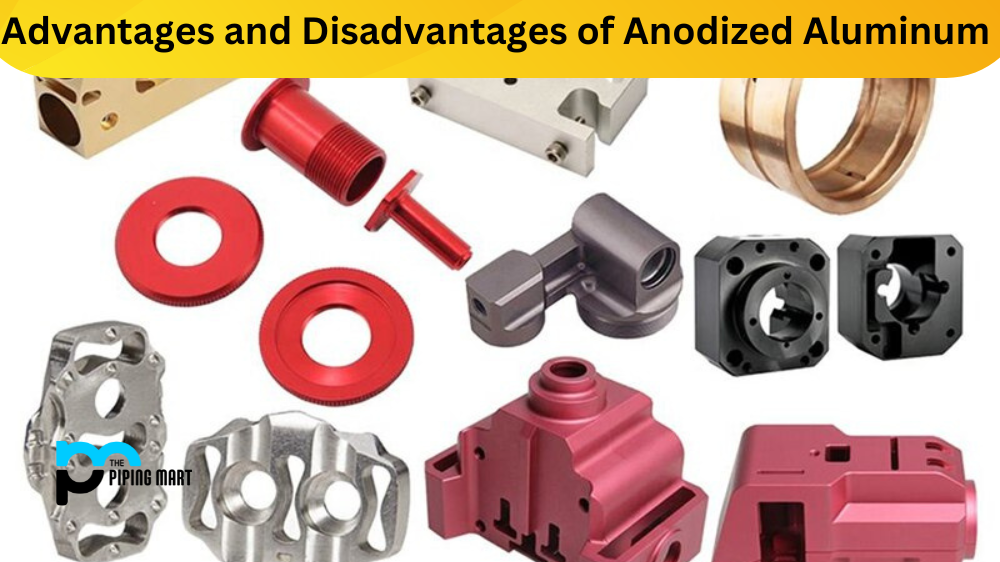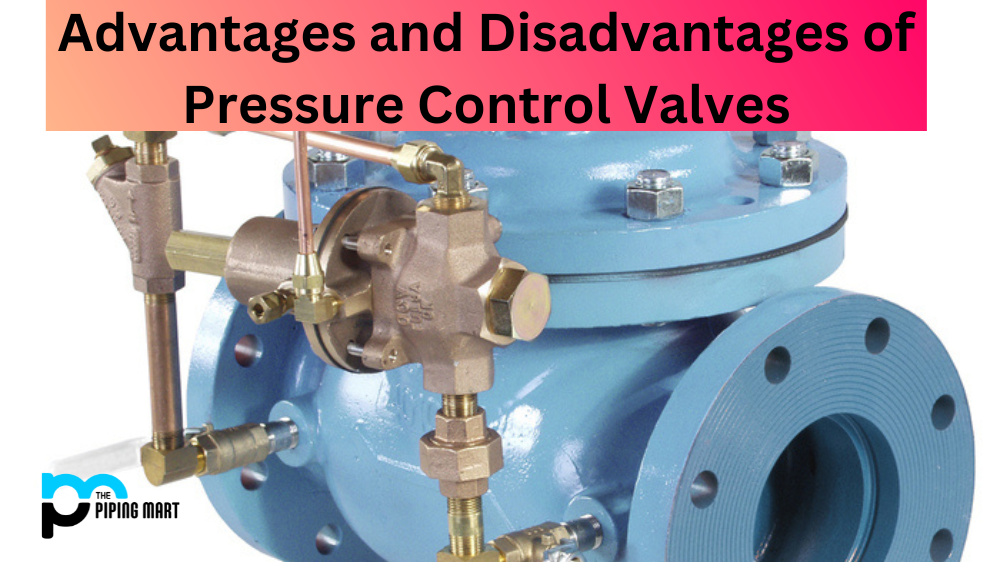In any household plumbing system, valves are essential in controlling water flow. The two most commonly used valves are isolation valves and stopcocks. Both of them perform the same function, but their designs and features differ. Most people must know the difference between the two and often use the terms interchangeably. This blog post will explore the differences between isolation valves and stopcocks and help you understand which one to choose for your plumbing system.
What is a Stopcock?
A stopcock is a manual valve that is commonly found in older homes. They are usually located underneath the kitchen sink or beside the water meter. Turning a stopcock handle either stops or starts the water flow, making it easy to shut off the water supply to a specific area in the house. Stopcocks generally have a washer and bonnet design and are made of brass. They are simple in design and functionality and are ideally suited for small plumbing systems.
What is an Isolation Valve?
An isolation valve is a modern valve designed to isolate and control the water flow more efficiently and conveniently. They are usually near appliances such as washing machines, dishwashers, and boilers. They are designed to be durable, reliable, and long-lasting and are equipped with high-quality ball or gate valves and butterfly or diaphragm valves. Most modern isolation valves are made of hard-wearing materials such as stainless steel, brass, or copper.
Key Differences Between an Isolation Valve and a Stopcock
The primary difference is that an isolation valve has a more sophisticated design and features that allow for better control. In contrast, a stopcock is more simplistic in design. An isolation valve turns a quarter or half a turn when opened or closed, making it faster and easier to operate. In contrast, a stopcock requires multiple turns to turn on or off. Isolation valves are also more durable and longer-lasting than stopcocks.
Choosing Between an Isolation Valve and a Stopcock
It depends on the size of your plumbing system, the type of appliances being used, and your personal preferences. A stopcock might be the best choice if you have a small plumbing system. But for those with larger systems and modern appliances, an isolation valve is the better option. Isolation valves are easy to operate, require minimal maintenance, and offer better control over your plumbing system.
Final Thoughts
In conclusion, choosing between an isolation valve and a stopcock depends on their design, features, and functionality. Both types serve the same purpose, but an isolation valve is better for larger plumbing systems and modern appliances. By choosing an isolation valve, you’ll have a more efficient and reliable plumbing system that will serve you for years.
- Isolation valves are used to isolate a section of piping to allow maintenance or repair work to be done on that section without shutting down the entire system.
- Stopcocks are used to control the flow of fluids within a piping system. They are typically used to shut off fluid flow to a particular section of piping.
- Isolation valves are usually installed at strategic points within a piping system to easily isolate piping sections.
- Stopcocks are typically installed at the end of a section of piping to allow easy shutoff of fluid flow to that section.
- Isolation valves are typically made from brass, bronze, or stainless steel.
- Stopcocks are typically made from brass, bronze, or stainless steel.
- Isolation valves are available in a variety of sizes and configurations.
- Stopcocks are available in a variety of sizes and configurations
Conclusion
Hopefully, this blog post has helped you understand the differences between isolation valves and stopcocks. We have outlined the key features, functionality, and design differences and highlighted their pros and cons. There is no one-size-fits-all solution when choosing between an isolation valve and a stopcock. However, by examining the size of your plumbing system and the types of appliances being used, you can make an informed choice that is best for your home.
Sakshee is a talented blogger, with a particular focus on the Business and Metal Industry. She is passionate about sharing her insights on various metal products and helping professionals to make a better decisions.




